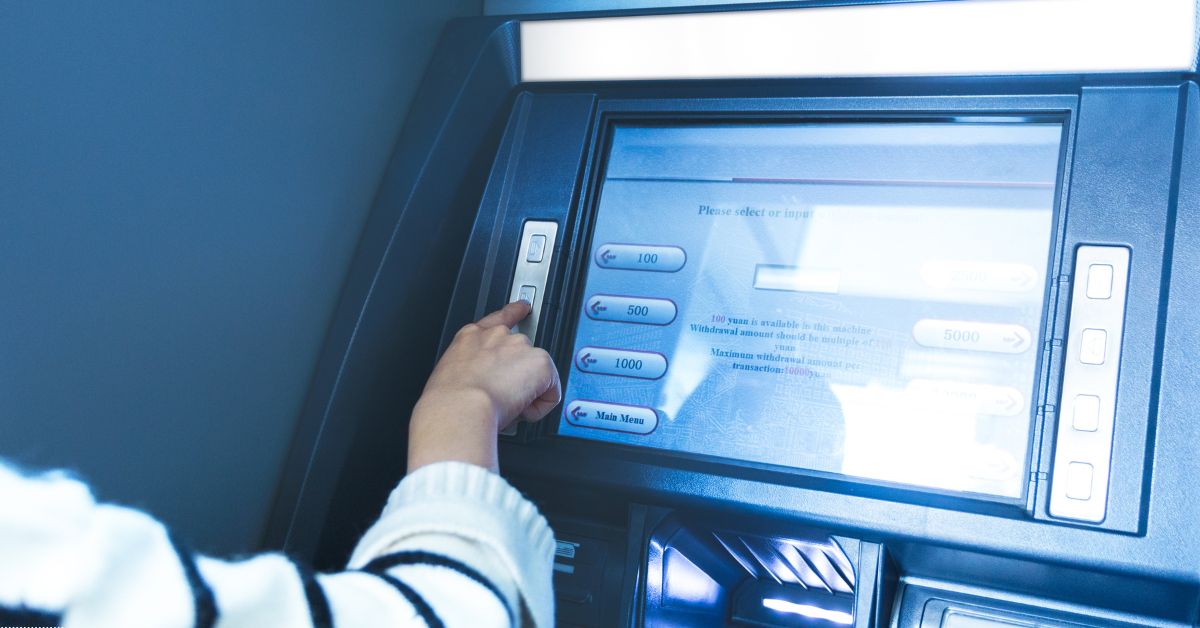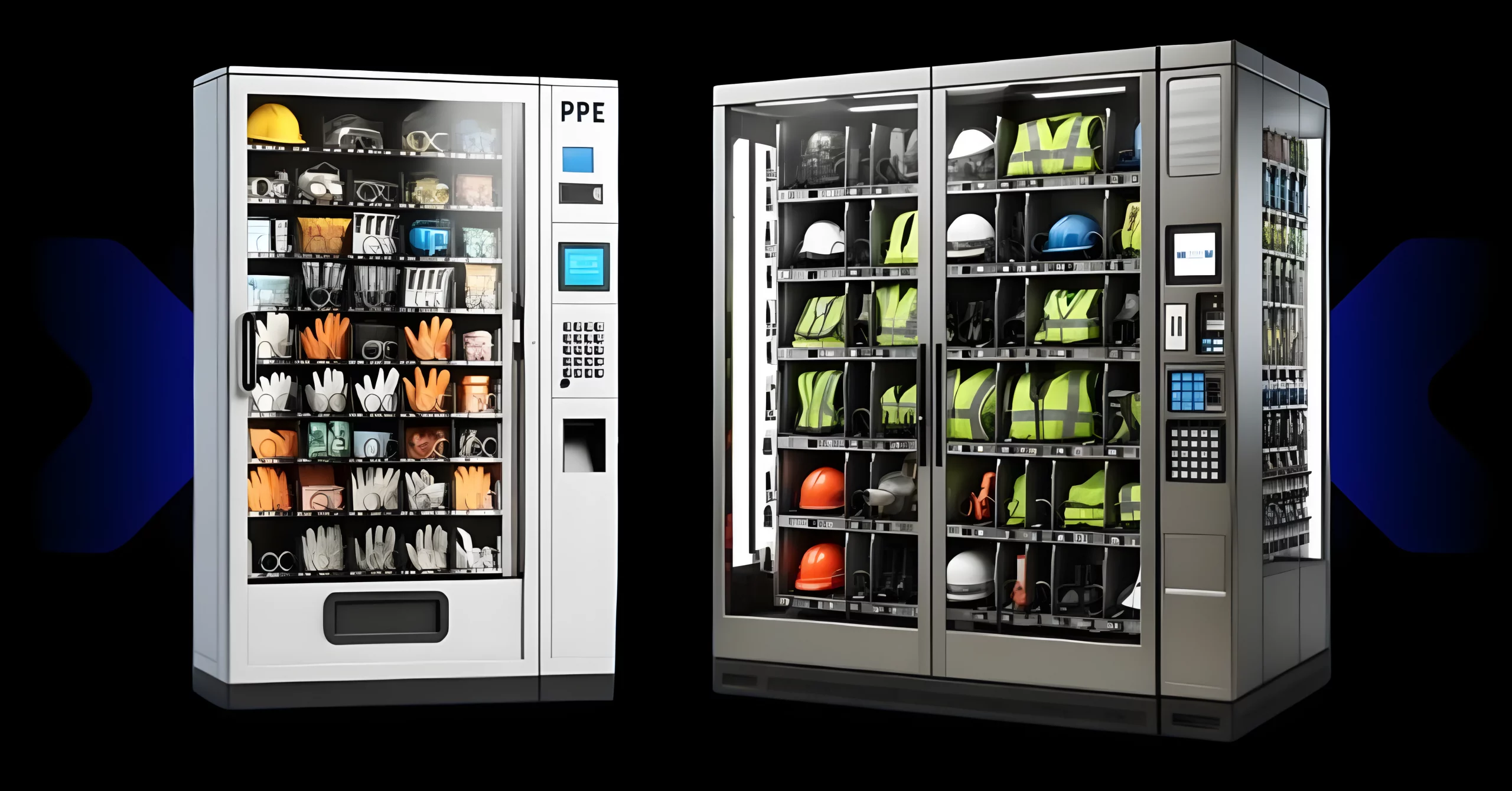In today’s fast-paced digital world, banking has undergone a significant transformation. The rise of digital banking has redefined how people manage their finances, making it more convenient and accessible. However, despite the increasing popularity of online and mobile banking, Automated Teller Machines (ATMs) continue to play a crucial role in the banking ecosystem. This article explores the role of ATMs in the digital banking era, examining their evolution, current state, technological advancements, economic impact, security measures, and future prospects.
Historical Perspective
ATMs have been an integral part of the banking industry since their inception in the late 1960s. The first ATM was installed by Barclays Bank in London in 1967, revolutionizing the way people accessed their money. Over the decades, ATMs have evolved significantly, incorporating advanced technology to enhance user experience and security. Early ATMs were limited to basic functions like cash withdrawals and balance inquiries, but modern ATMs offer a wide range of services, including deposits, fund transfers, bill payments, and even cryptocurrency transactions. Many banks recognized the importance of this technology and decided to buy ATM machines to keep up with the growing demand for convenient banking services.
Learn about what you can get from today’s vending machine
Current State of ATM Usage
Despite the rapid growth of digital banking, ATMs remain widely used across the globe. According to recent statistics, there are over 3 million ATMs worldwide, with a significant presence in both urban and rural areas. In some regions, the density of ATMs per capita is higher than others, reflecting the varying degrees of digital banking adoption. For example, countries like Japan and South Korea have a high number of ATMs due to their advanced financial infrastructure, while emerging markets in Africa and Southeast Asia are still expanding their ATM networks to improve financial inclusion. This trend has led many financial institutions in these regions to buy ATM machines to better serve their customers.
Integration of Digital Banking with ATMs
One of the key roles of ATMs in the digital banking era is their integration with digital banking services. Modern ATMs are equipped with technology that allows users to perform a variety of digital transactions. For instance, many ATMs now offer mobile cash withdrawals, where users can initiate a transaction through their banking app and complete it at the ATM without using a physical card. Additionally, ATMs can be used to access online banking services, enabling customers to check account balances, transfer funds, and pay bills directly from the machine. This seamless integration prompts banks to buy ATM machines that support these advanced functionalities.
Technological Advancements in ATMs
The technological advancements in ATMs have significantly enhanced their functionality and user experience. One notable development is the introduction of contactless transactions, allowing users to perform transactions by simply tapping their smartphones or contactless cards on the ATM. This not only speeds up the transaction process but also reduces the risk of card skimming. Moreover, biometric authentication, such as fingerprint and facial recognition, is becoming increasingly common, providing an added layer of security.
ATMs are also being integrated with smartphones and mobile apps, offering a seamless banking experience. For example, some ATMs now support QR code transactions, where users can scan a code generated by their banking app to withdraw cash. These innovations demonstrate how ATMs are adapting to the digital banking landscape to meet the evolving needs of customers. As a result, many banks are keen to buy ATM machines that incorporate these cutting-edge technologies.
Economic and Social Impact
ATMs have a significant economic and social impact, particularly in promoting financial inclusion. In many developing countries, access to banking services is limited, and ATMs provide a vital link between people and their finances. By installing ATMs in remote and underserved areas, banks can reach a larger population, enabling them to perform essential financial transactions without the need to visit a branch. Therefore, the decision to buy ATM machines is often driven by the goal of enhancing financial accessibility.
From an economic perspective, ATMs contribute to cost efficiency for banks. Operating and maintaining an ATM is often cheaper than running a full-service branch, allowing banks to optimize their resources. Furthermore, ATMs enhance customer convenience by providing 24/7 access to banking services, reducing the reliance on branch hours. This increased convenience often compels financial institutions to buy ATM machines to improve service delivery.
Security and Fraud Prevention
Security is a critical concern in the digital banking era, and ATMs are no exception. Common security threats include card skimming, phishing attacks, and physical tampering. To combat these threats, modern ATMs incorporate advanced security measures such as encryption, real-time monitoring, and anti-skimming devices.
Encryption ensures that sensitive data transmitted between the ATM and the bank’s server is secure, preventing unauthorized access. Real-time monitoring allows banks to detect and respond to suspicious activities promptly. Anti-skimming devices are installed on card readers to prevent the illegal copying of card information. Additionally, regulatory compliance with standards such as PCI DSS (Payment Card Industry Data Security Standard) and EMV (Europay, MasterCard, and Visa) ensures that ATMs adhere to stringent security protocols. Banks looking to enhance their security measures often buy ATM machines with these advanced features.
Learn about best locations for vending machines in canada
Challenges and Opportunities
While ATMs continue to play a vital role in the digital banking era, they face several challenges. One of the primary challenges is the increasing maintenance and operational costs. As ATMs become more advanced, the need for regular updates and maintenance also rises. Additionally, the declining usage of cash in favor of digital payments poses a challenge for the future relevance of ATMs.
However, these challenges also present opportunities for innovation and improvement. Banks and financial institutions can explore new business models, such as white-label ATMs, where independent operators manage ATMs on behalf of banks. This approach can help reduce costs and expand ATM networks. Moreover, advancements in artificial intelligence (AI) and machine learning can be leveraged to enhance ATM functionalities, offering personalized services and predictive maintenance. These opportunities encourage financial institutions to buy ATM machines to stay competitive and innovative.
Case Studies
Several banks and financial institutions have successfully integrated ATMs with their digital banking services, demonstrating the ongoing relevance of ATMs. For example, in India, the State Bank of India (SBI) has introduced a feature called YONO Cash, allowing customers to initiate cash withdrawals through the YONO app and complete the transaction at an ATM without using a physical card. This innovation has been well-received, particularly among tech-savvy customers. This success has led many banks to buy ATM machines with similar capabilities.
In another case, Bank of America has implemented advanced biometric authentication in its ATMs, allowing customers to access their accounts using their fingerprints. This not only enhances security but also simplifies the user experience, reducing the need for PINs and cards. Seeing the benefits of such advancements, other financial institutions are motivated to buy ATM machines that incorporate biometric technology.
Conclusion
In conclusion, ATMs continue to play a pivotal role in the digital banking era, bridging the gap between traditional banking and digital services. Despite the challenges posed by the rise of digital payments and the need for continuous technological advancements, ATMs remain a crucial component of the banking infrastructure. By integrating digital banking services, enhancing security measures, and exploring innovative business models, banks can ensure that ATMs remain relevant and valuable to customers. This underscores the strategic importance for banks to buy ATM machines that meet evolving customer needs.
As we move forward, the future of ATMs will likely be shaped by further technological innovations and changing customer preferences. Whether through AI integration, enhanced user interfaces, or expanded functionalities, ATMs will continue to adapt to the evolving landscape of digital banking. For banks and financial institutions, the decision to buy ATM machines will remain a strategic investment, ensuring they meet the diverse needs of their customers in the digital age.
ATMs are not just about dispensing cash; they are about providing a comprehensive banking experience that complements the convenience of digital banking. As we navigate the digital banking era, the role of ATMs will continue to evolve, demonstrating their enduring relevance in the ever-changing world of finance. The continued decision to buy ATM machines will be pivotal in maintaining a robust and accessible banking network for all. Read more…






